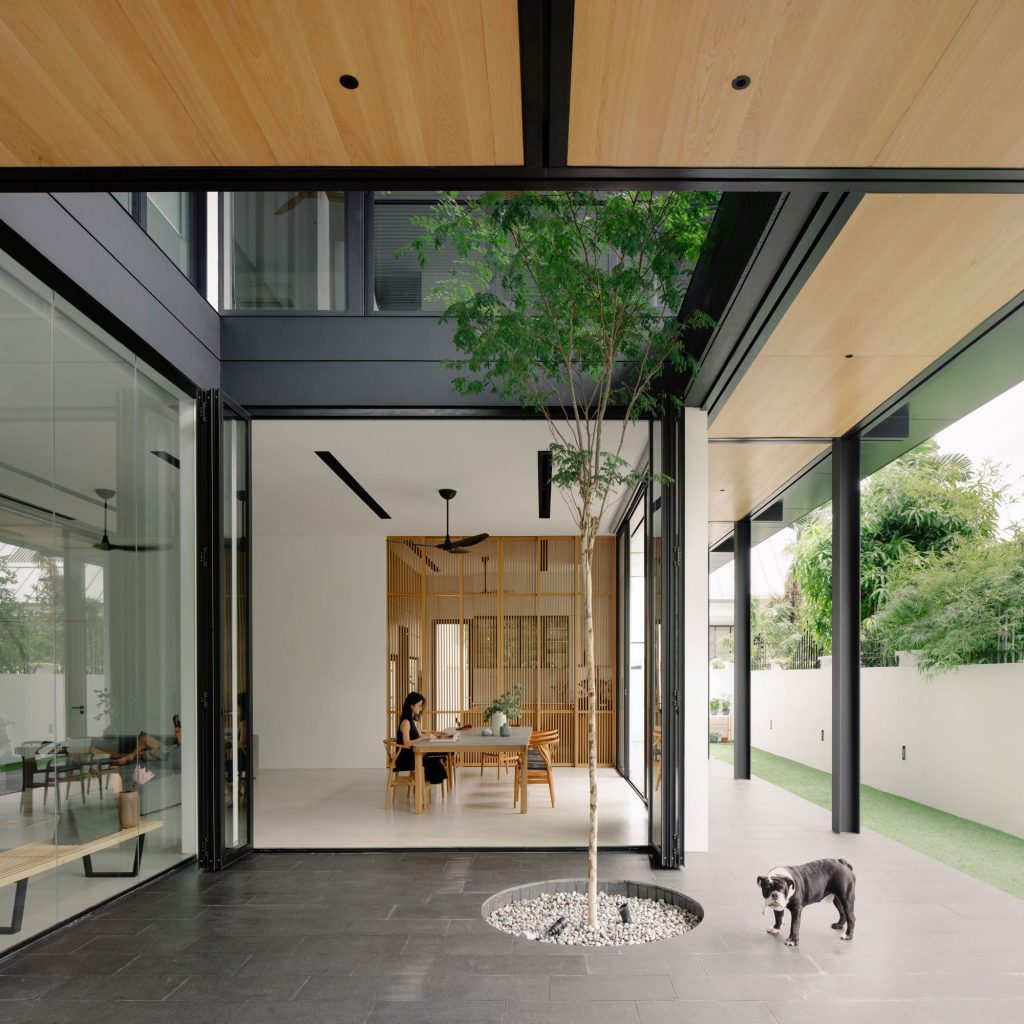akin to conjuring magic. Much more than a mere functional necessity, lighting has the remarkable power to shape the mood and atmosphere of a space, breathing life into its every corner. As sunlight pours through windows like liquid gold, or as the gentle glow of a chandelier casts intricate patterns across the walls, a choreography of light and shadow unfolds, telling a story of comfort, elegance, and personality. Deliberate lighting choices can transform a room into a sanctuary of tranquility, a vibrant social hub, or an intimate haven, showcasing the designer’s prowess in orchestrating the interplay between illumination and architecture. The palette of lighting options available to designers is as diverse as it is enchanting. Natural light, that most ethereal of luminaries, forms the backbone of any design narrative. Its quality shifts with the passing hours, casting a warm embrace during the golden hour and instilling vitality with its midday brilliance. To complement this celestial dance, artificial lighting steps in supporting actor, accentuating the natural beauty while offering its own symphony of possibilities.

Pendant lights, with their graceful descent, bestow an intimate radiance upon dining areas, while recessed lighting discreetly bathes spaces in a soft, even glow, eliminating harsh shadows and giving an illusion of expansiveness. Yet, the true sorcery of lighting lies in its ability to sculpt emotions. In a cocoon of soft, dimmed lights, a living room metamorphoses into an oasis of relaxation, inviting occupants to unwind and let the worries of the world fade into obscurity. Alternatively, the strategic placement of bold, focused light fixtures can imbue a study with an air of diligence, urging one to dive into intellectual pursuits with unwavering focus. The kitchen, often a nexus of activity, benefits from task lighting that dances atop countertops, guiding culinary endeavors with precision. These nuanced choices carry the power to influence the psychological responses of those within a space, allowing designers to customize experiences and tell stories through the interplay of luminance shade. As technology evolves, so too does the enchantment of lighting design.
Smart lighting systems have bestowed designers with a magician’s wand, enabling them to orchestrate illumination with a mere touch studio. Colors, intensities, and even rhythms can be tailored to suit any occasion, from cozy evenings to spirited gatherings. The integration of lighting control systems seamlessly blends the art of design with the science of engineering, creating an immersive experience where inhabitants are not merely observers, but active participants in the choreography of light. In conclusion, the realm of residential interior design thrives on the luminous dance between light and space. Like an artist’s brushstrokes upon a canvas, the deliberate placement and selection of lighting sources paint a vivid tableau of emotions and narratives. Through this meticulous interplay, designers wield the extraordinary ability to shape not just the physical aspects of a room, but the very essence of the ambiance it exudes.